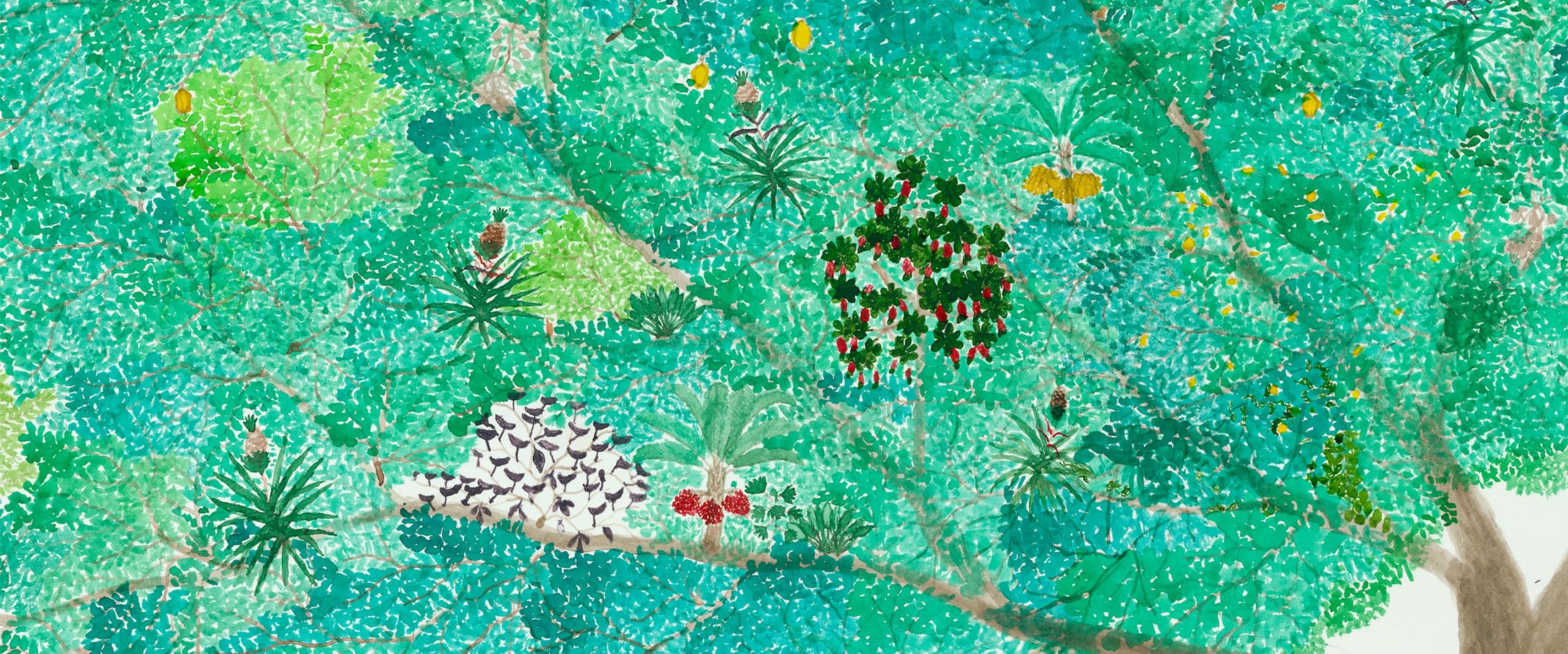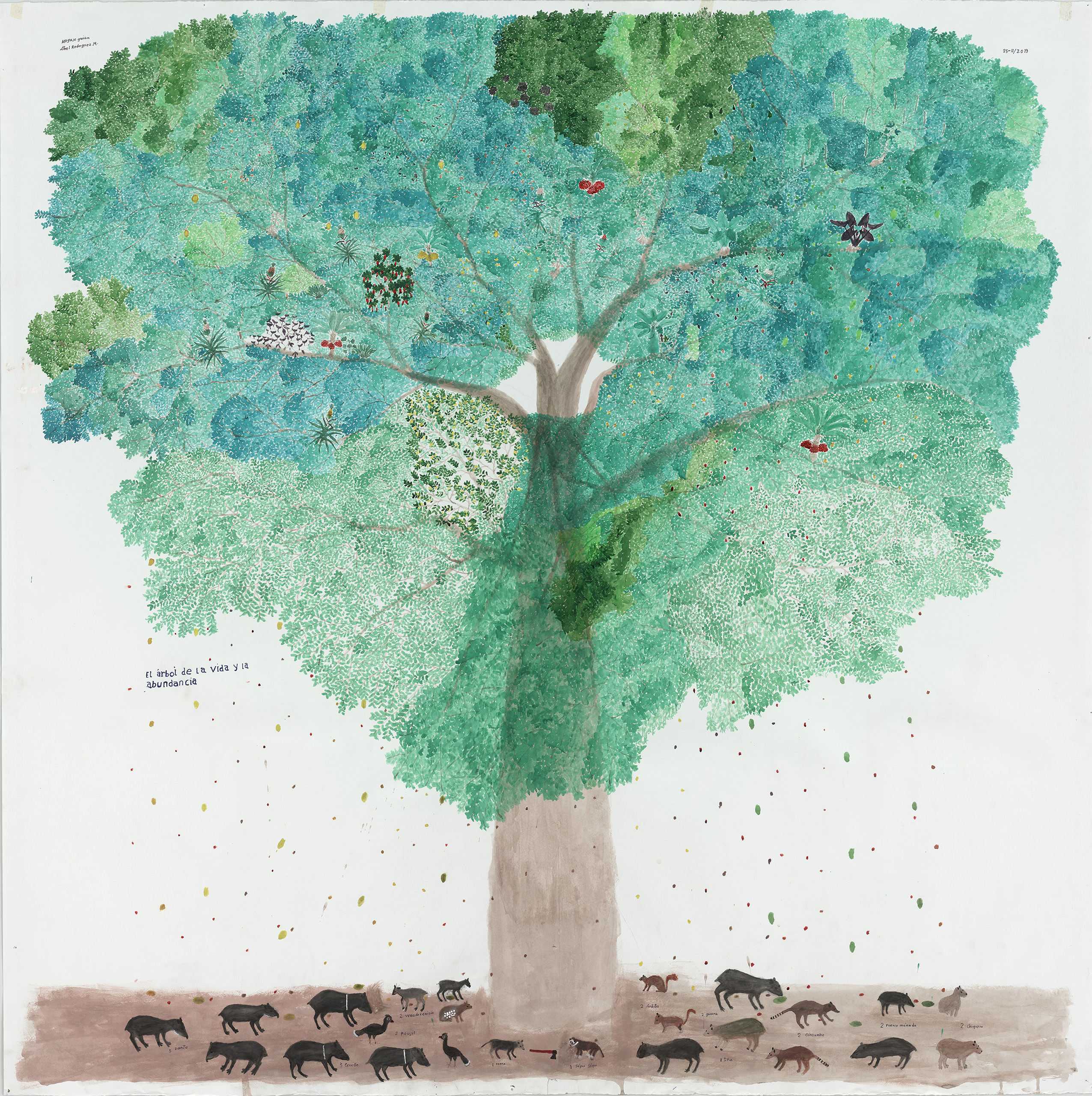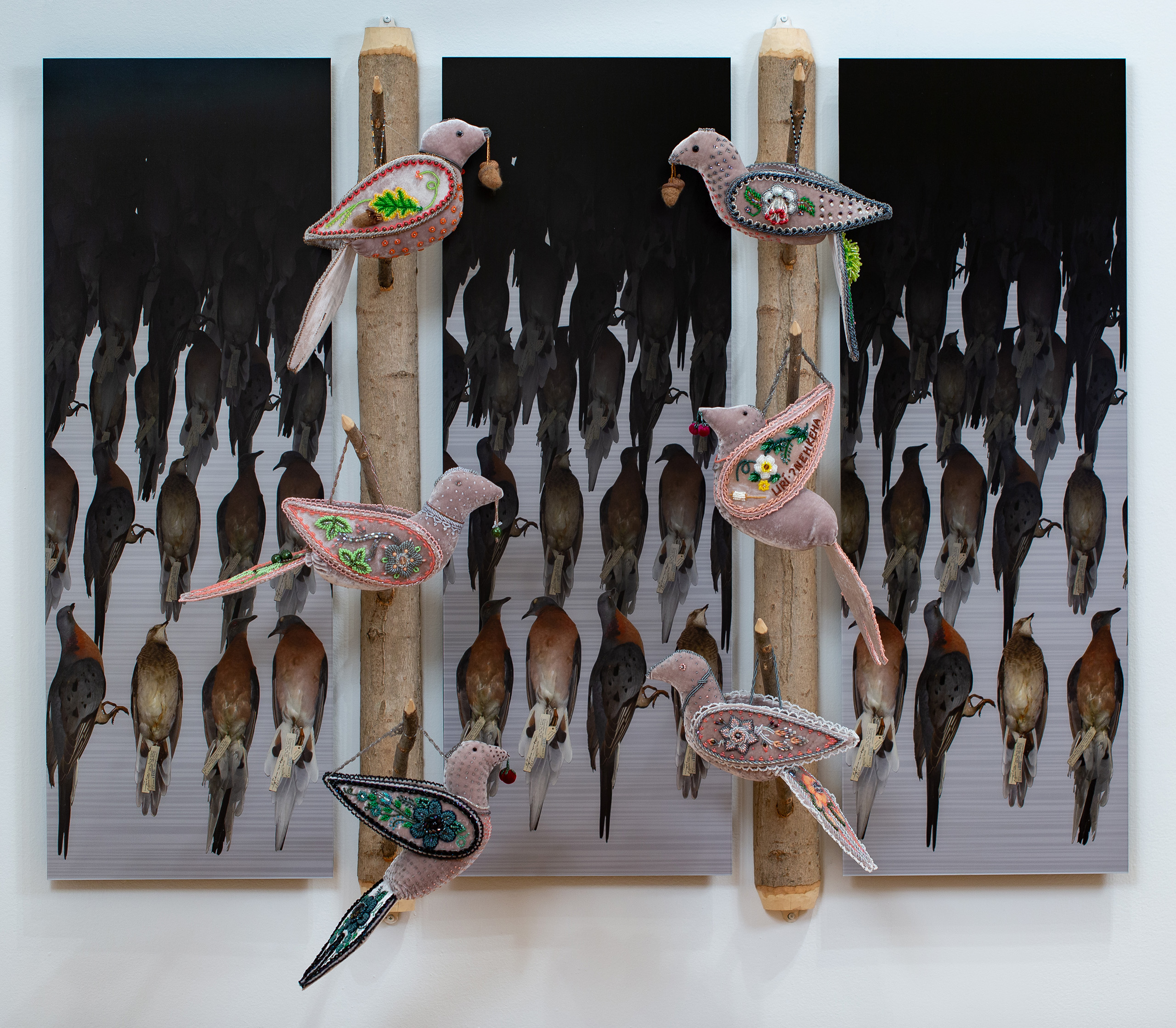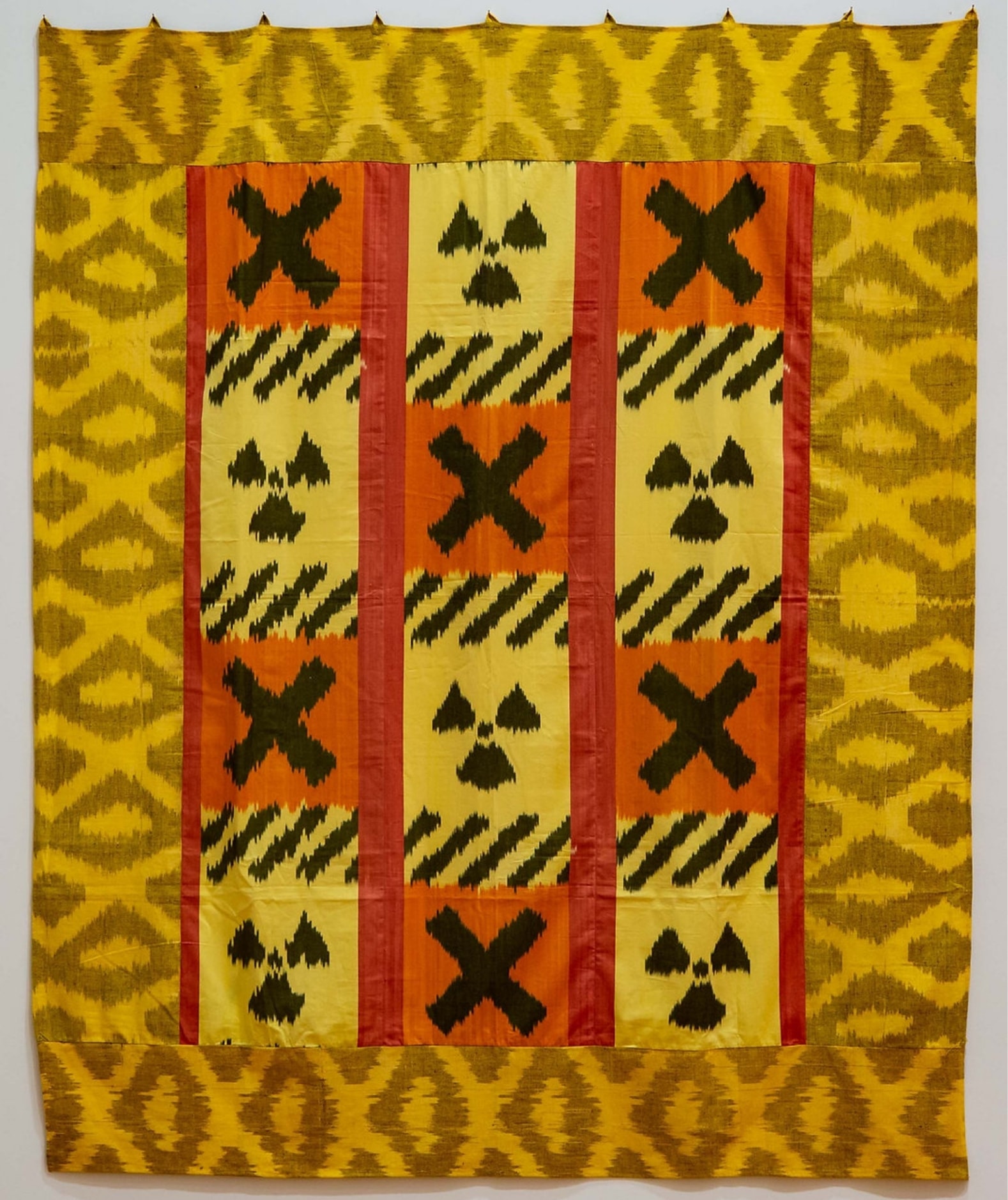Artworks
Look
Closer!
Art and Environmental Struggle


Abel Rodríguez
El árbol de la vida y la abundancia (The Tree of Life and Abundance)
1 2 3

Jolene Rickard in collaboration with Janice Smith, Anita Greene, and Anita Ferguson
…the sky is darkening … coming home…
1 2 3

Dilyara Kaipova
Danger Signs
1 2 3








